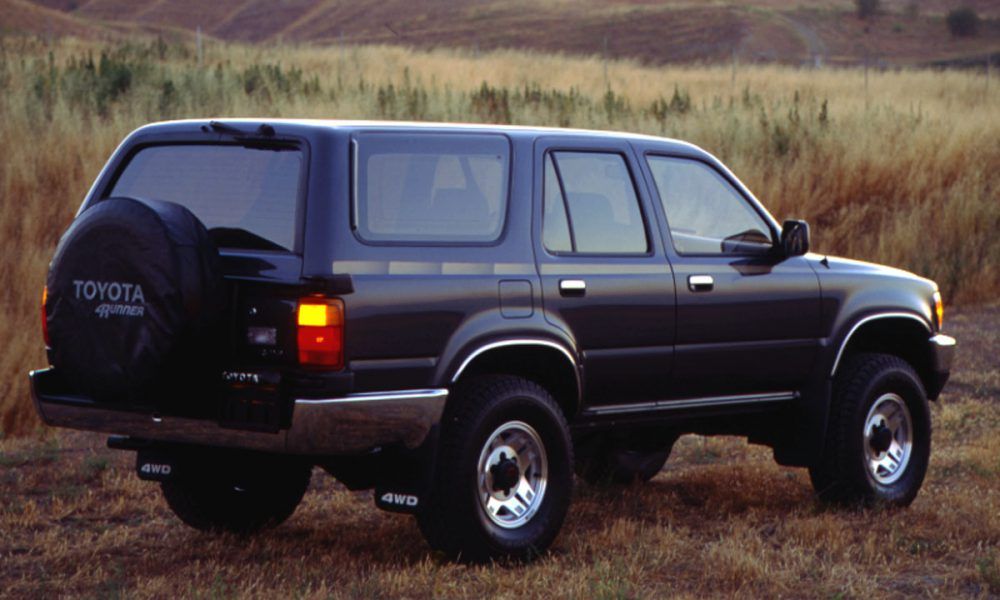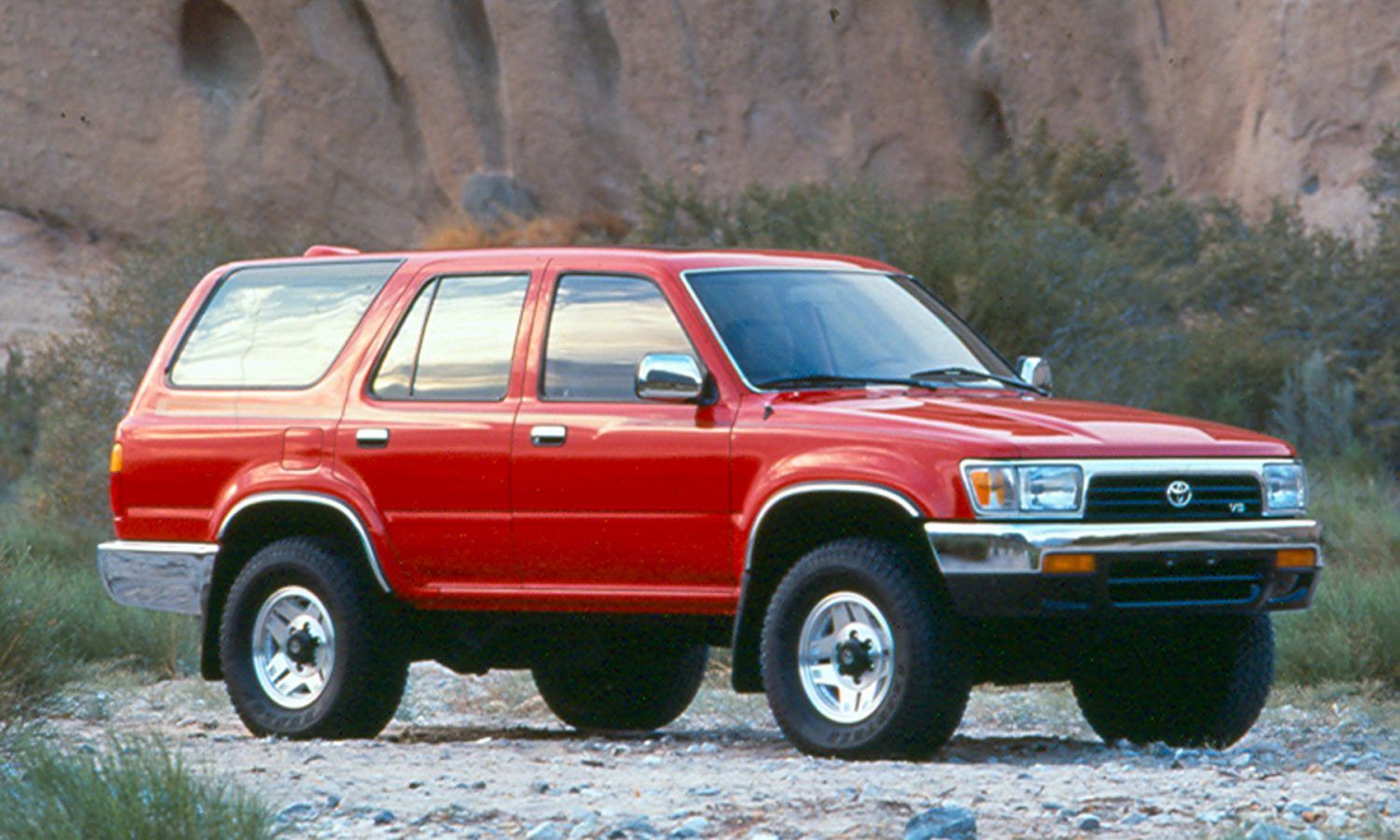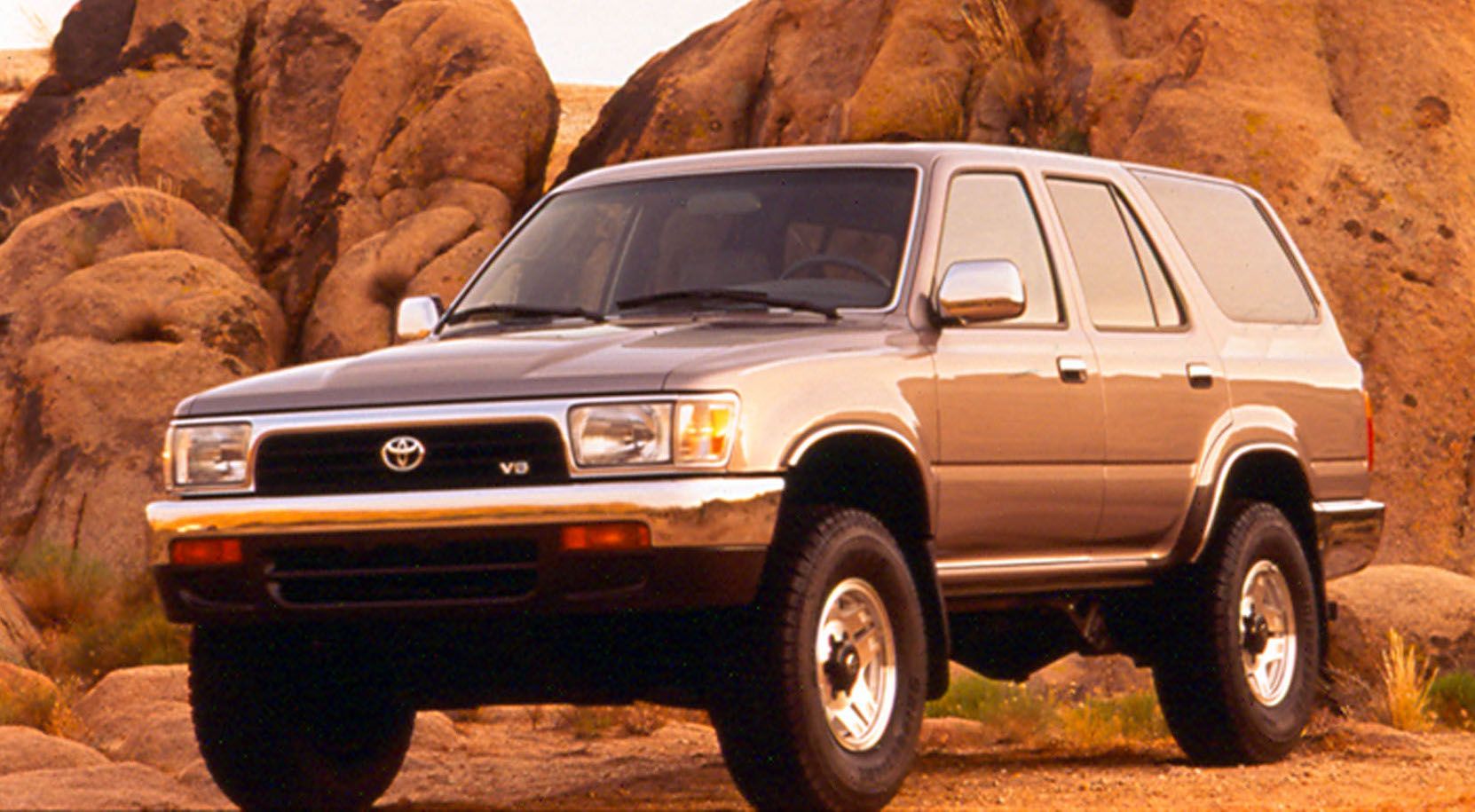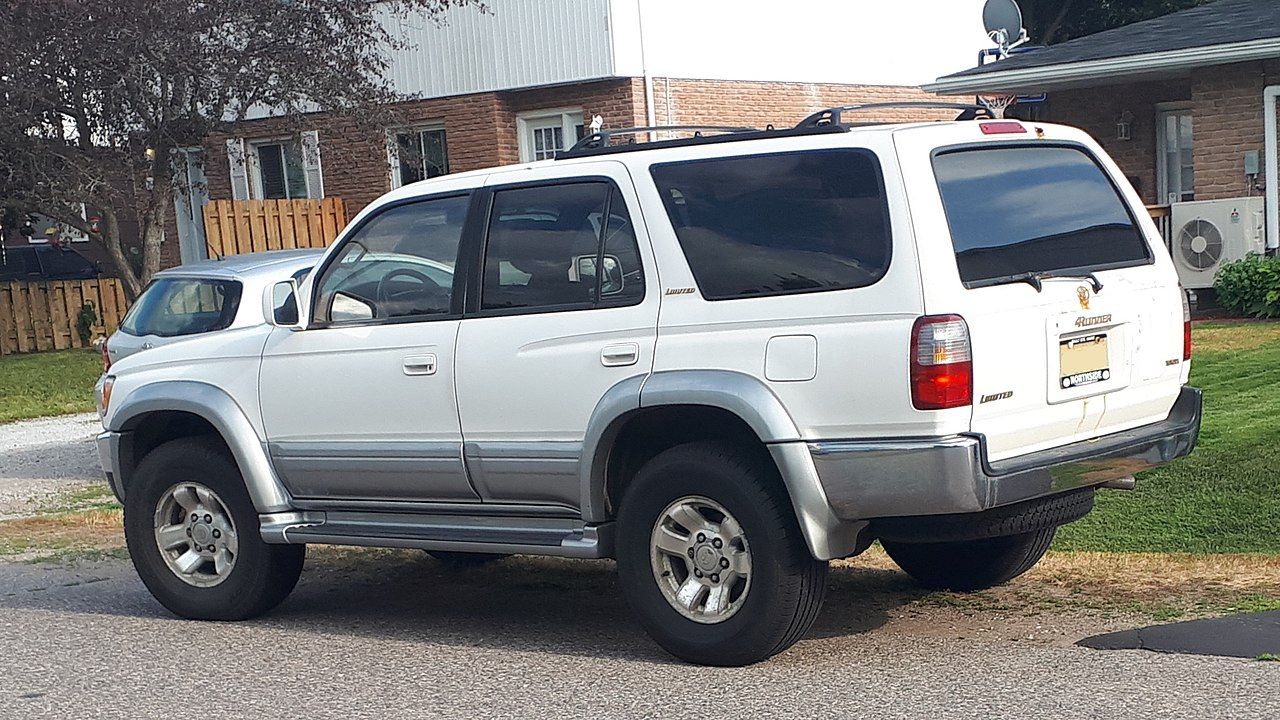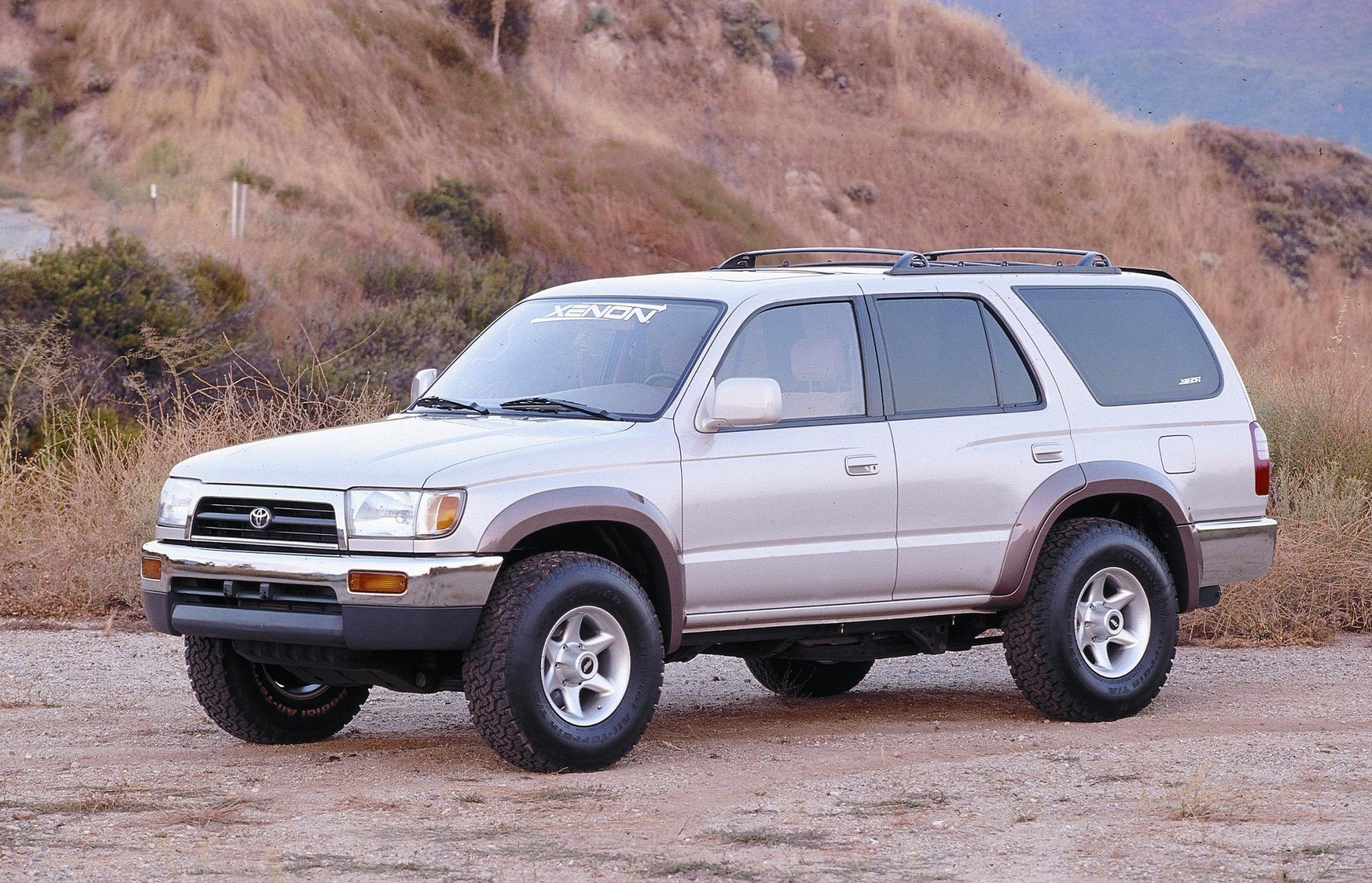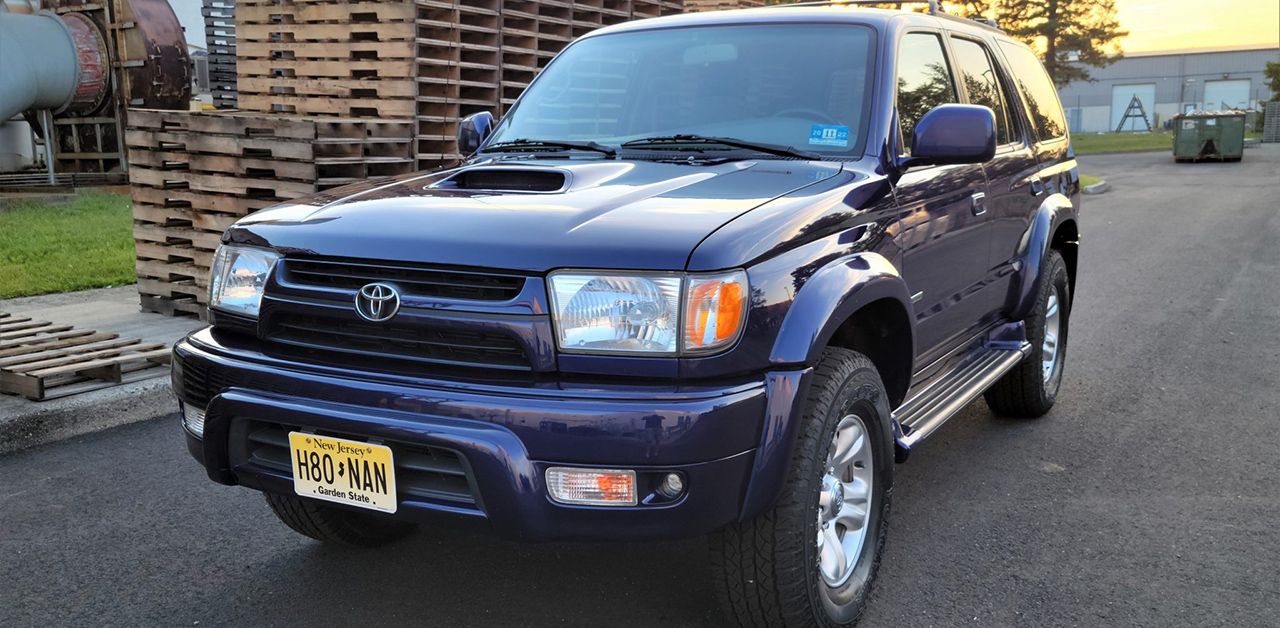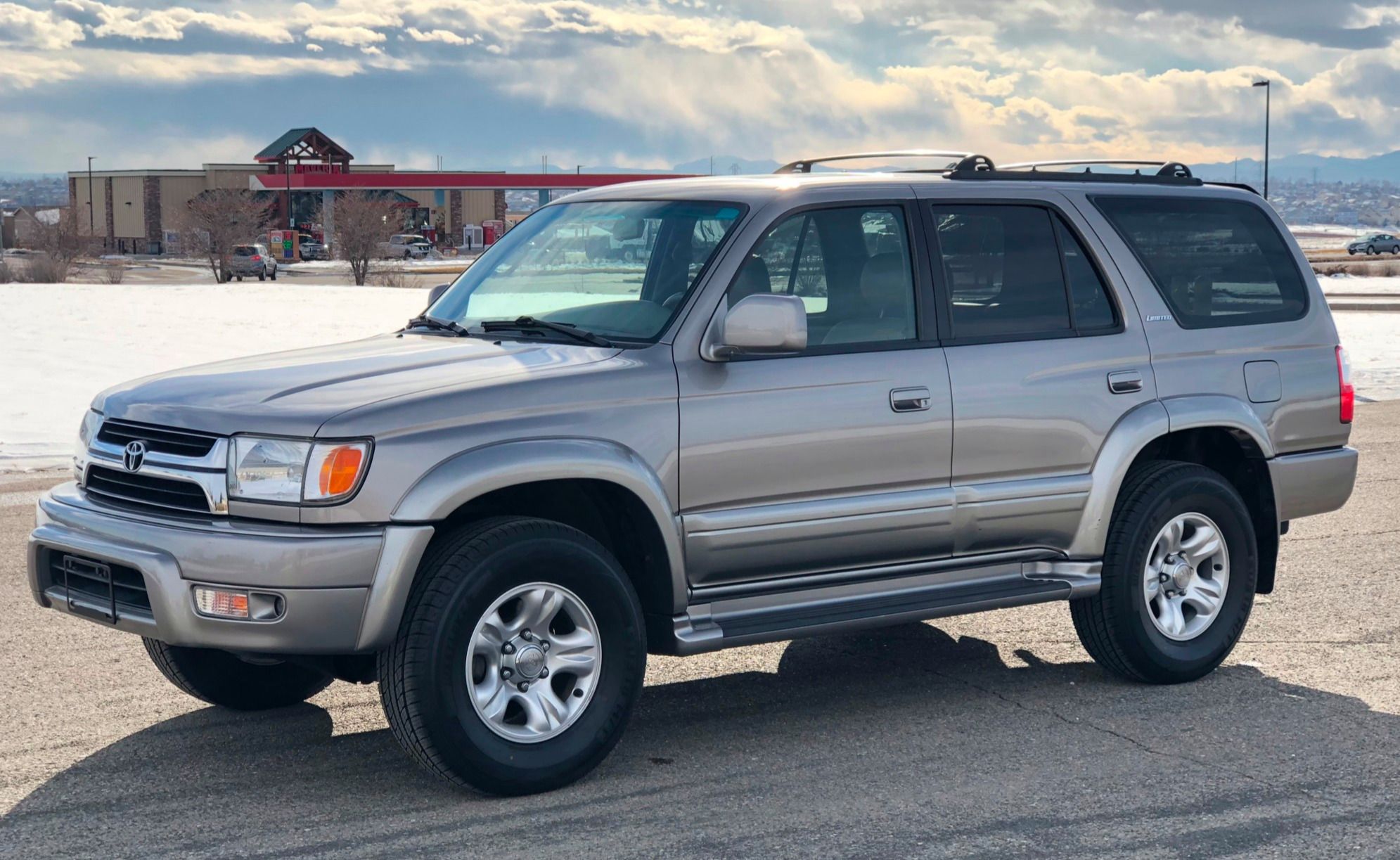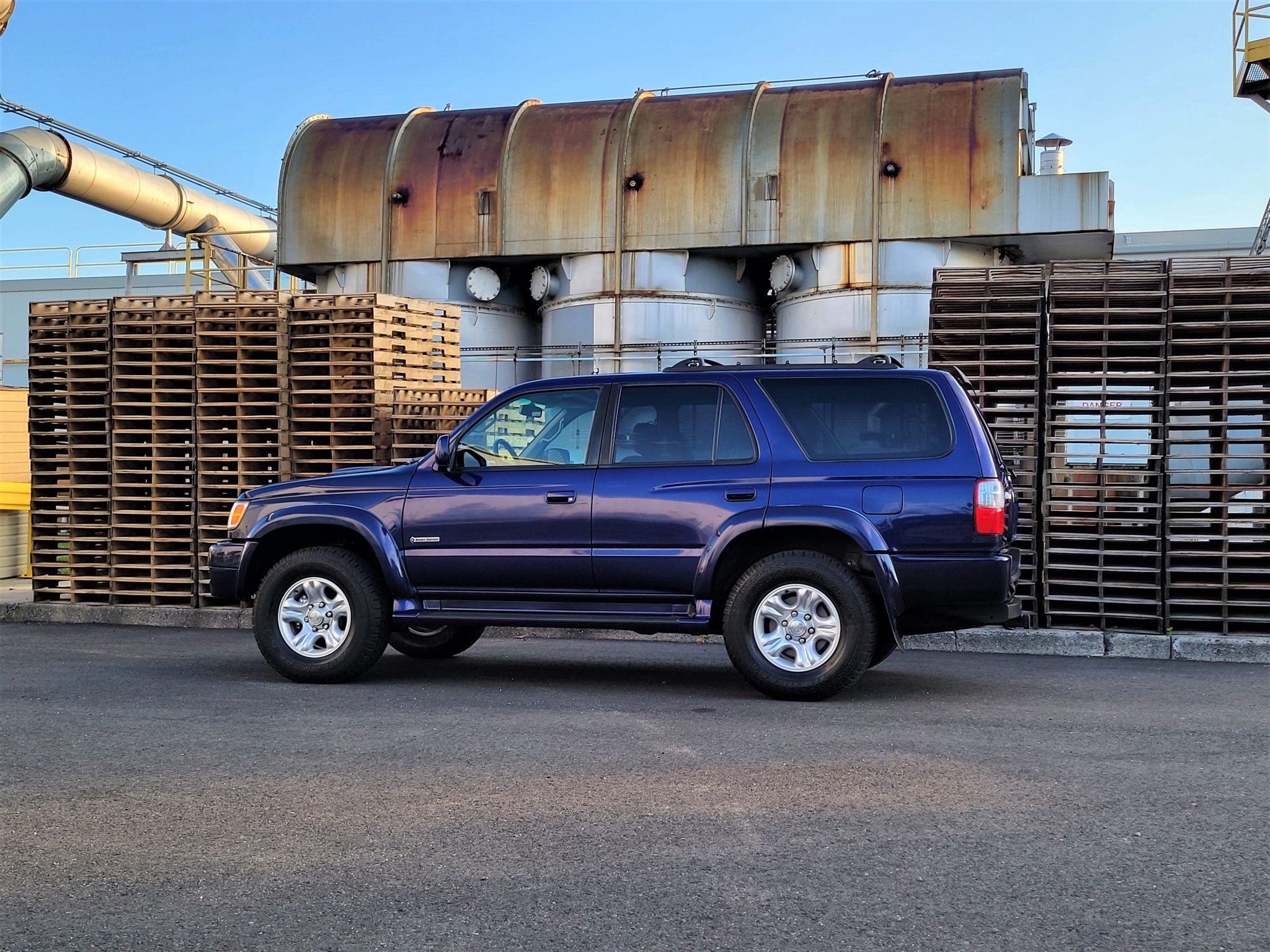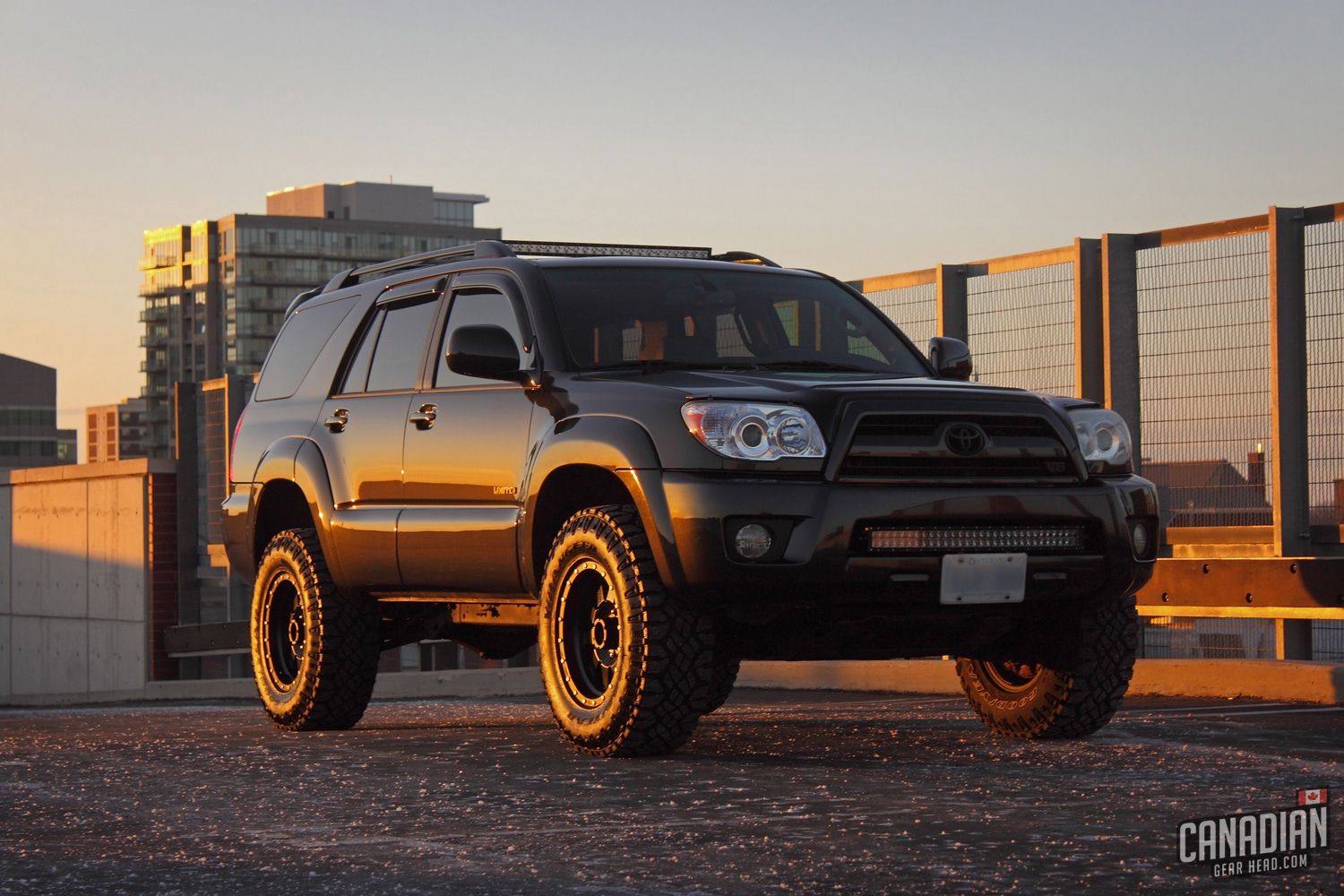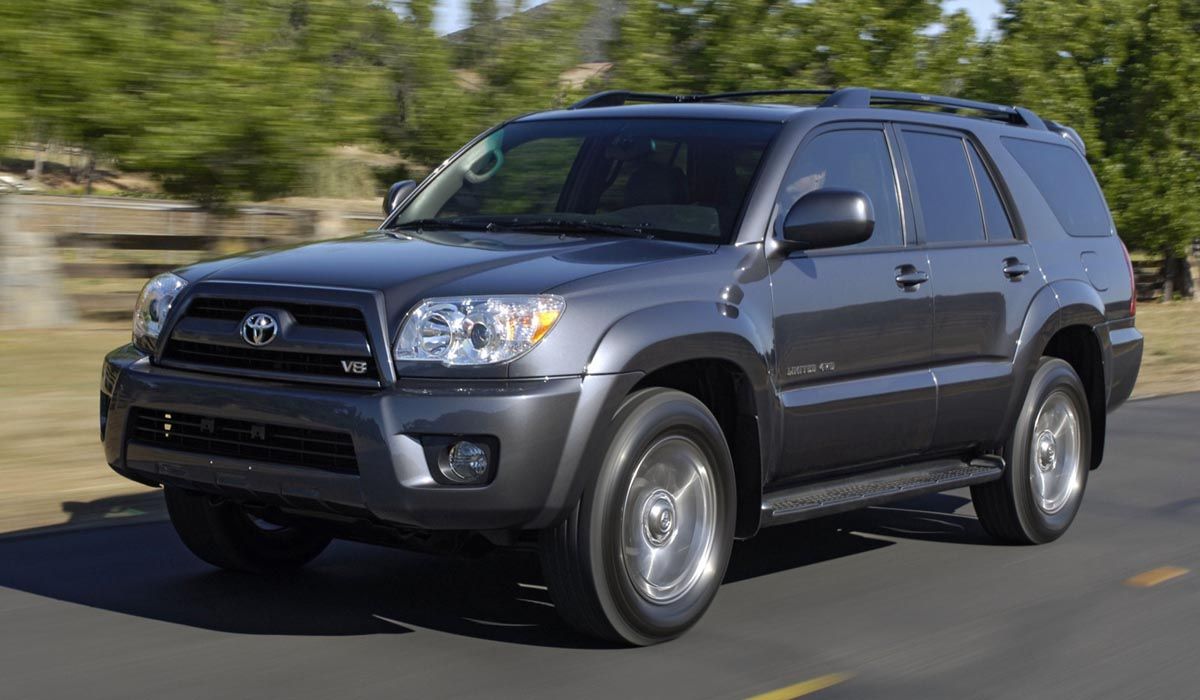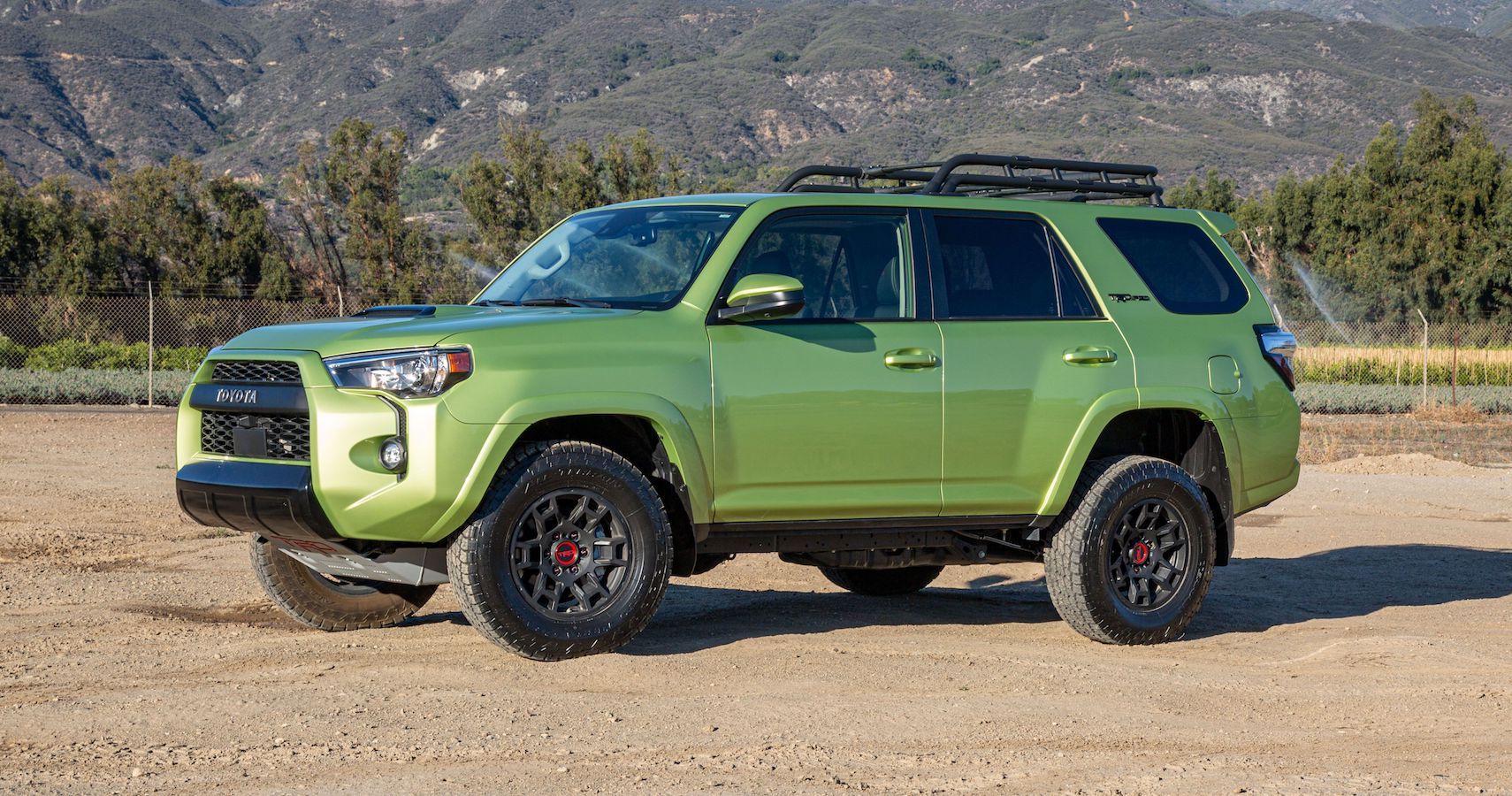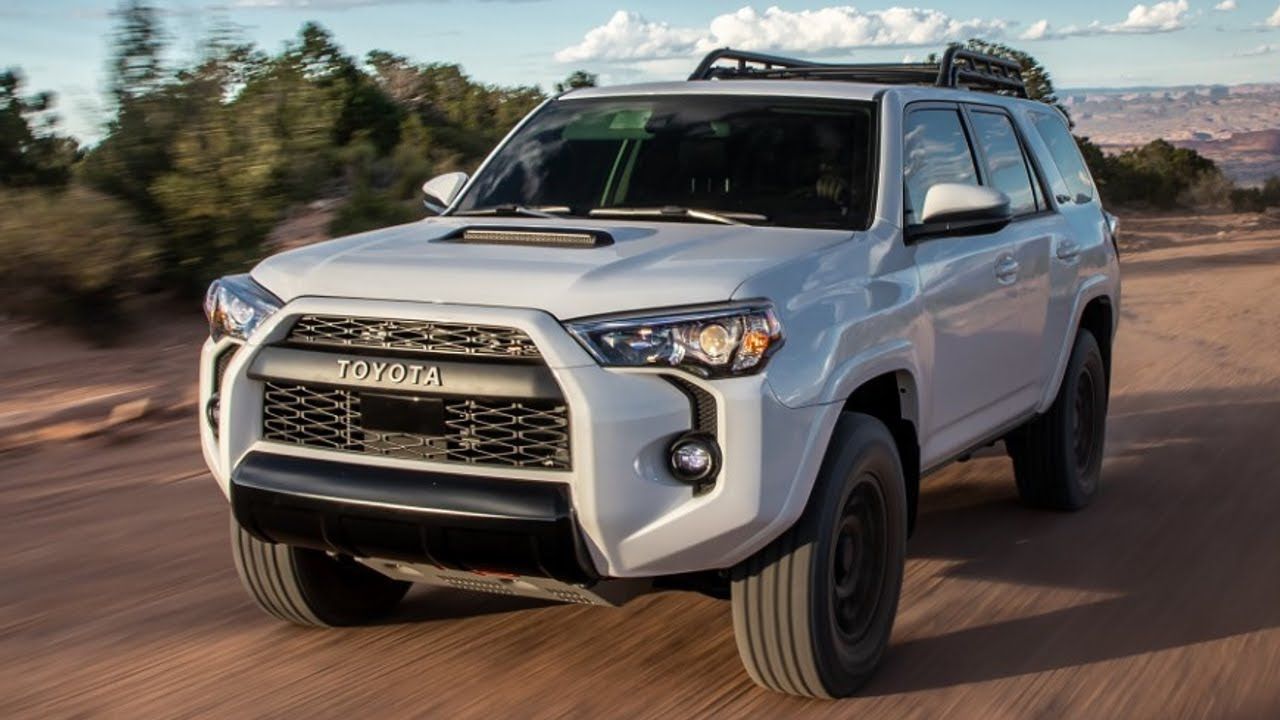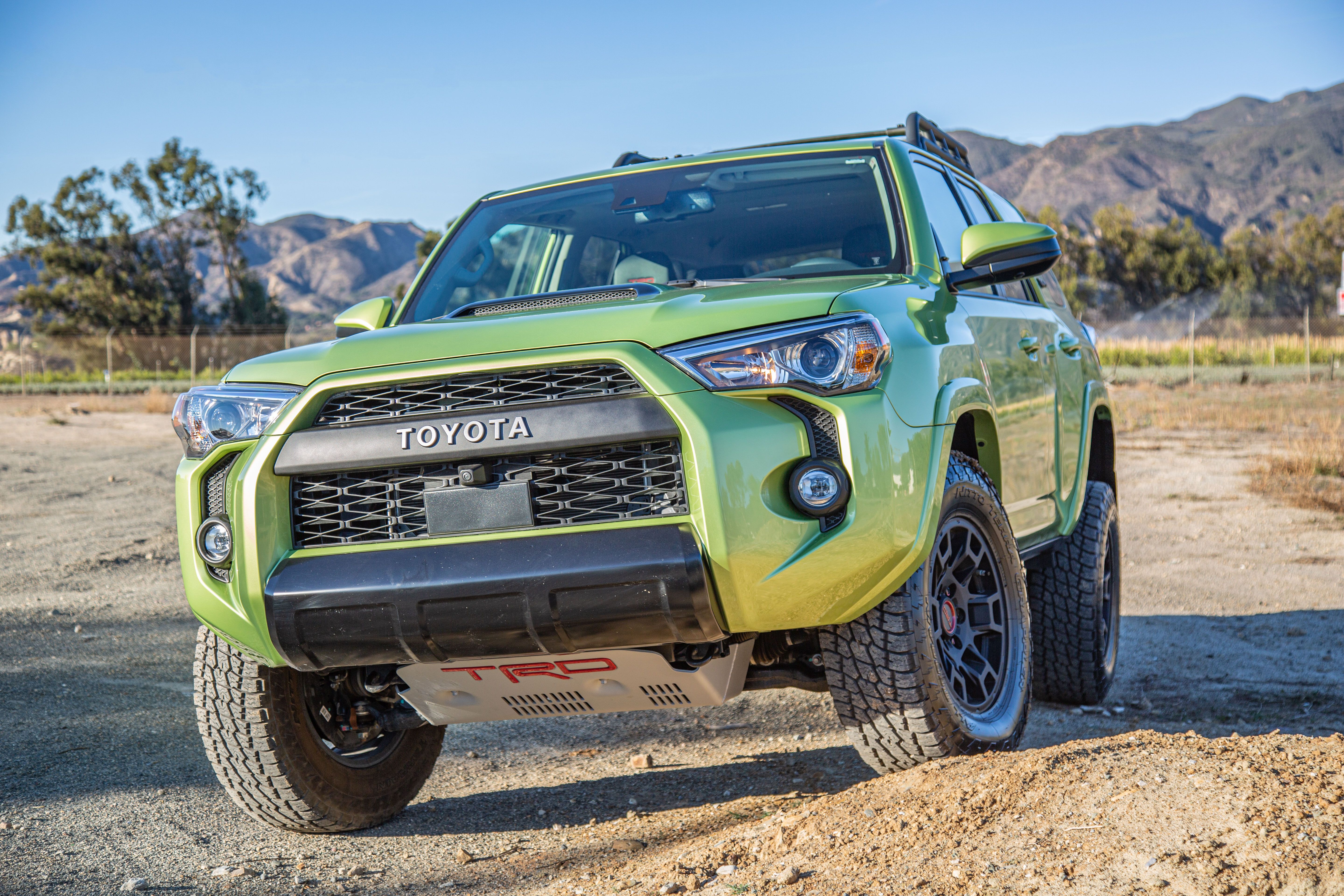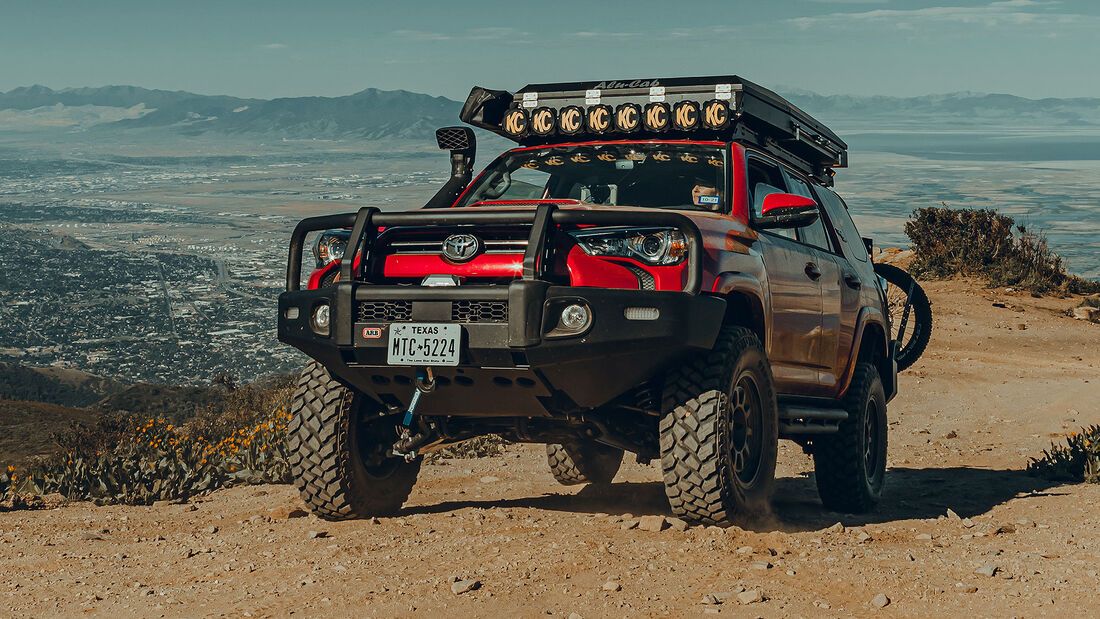The Toyota 4Runner is an SUV that is loved by those that own them. They are extremely capable on and off the beaten path, but they thrive in the wild. It has never had to pretend to be a rugged outdoors-ready vehicle like some of its in-class competition. From day one the 4Runner was mean, lean, and ready to take on the world.
The concept of the 4Runner started well before the First Generation was ever offered on the open market. Toyota wanted to do a test run before putting a ton of time and money into building an SUV that could compete with the other car makers. Winnebago, with the help of Toyota, built and sold the Trekker. It was the test vehicle that began the legacy of the Toyota 4Runner.
The Trekker was a success and consumers wanted more, which is why the 4Runner came into production. Let’s dig a little deeper into how it evolved throughout the years, and why it has so many of us wanting more.
8 First Generation: 1984 Model
The Toyota 4Runner had some fundamental changes throughout the First Generation, so we will be separating them out into separate sections. The 1984 Model was the introduction of the 4Runner due to the tremendous success of the Trekker. Toyota took a basic Hilux pickup truck and added a fiberglass cover over the top. One that could be taken off if the urge struck.
The first years came with rear bench seats, but because of the added fees associated with them, the 4Runner was shipped with front seats only, leaving the dealers responsible for adding the second row. Toyota also made the mistake of not allowing for the added weight of the topper and the seats, so the rear springs had the tendency to sag.
7 First Generation: 1985-1989 Facelift
After the first year of production moved on into the next years of the First Generation some substantial changes were made. In ’85 the 4Runner received an electronic fuel-injected four-cylinder. Later in the year, an optional turbocharged version was made available, by order.
The only major changes for the rest of the generation were the switch from a solid front axle to independent suspension in 1986. The width of the axle also increased by several inches to make the SUV more comfortable to ride in. In ’88 an optional V6 engine was added to the lineup, and the final year of the generation brought on a few slight changes to the outer look.
6 Second Generation: 1990-1992 Models
There were not many changes from the previous generation. Most 4Runners came with four doors, but between ’89 and ’93 a few two door versions were sold on the market.
The Second generation followed with the same style of rear door as before. To get it down the window had to be rolled into the tailgate, and then opened just like a pickup truck.
5 Second Generation: 1993-1995 Models
In 1993 the two-door version was removed from the lineup. In the Japanese market, some diesel engines were offered with the 4Runner, but Canada and the States did not receive any.
All that came here had the 2.4L four-cylinder or the 3.0L V6. Some cosmetic changes occurred between ’91 and ’95, such as a one-piece bumper and modular headlights.
4 Third Generation: 1996-1999 Models
The third generation brought numerous changes to the 4Runner. For the first time, it had a unique body and design, but it did share the engine and transmission with the Tacoma. All the technological advances of the decade were added to the SUV, along with making it wider and roomier. ABS systems were added, safety features like airbags, and rack and pinion steering.
The 1999 Toyota 4Runner had more cosmetic and interior changes. The front bumper was designed to improve the crush zone in the case of a frontal impact. New style headlights and side markers were changed for better visibility. The buttons and switches were moved to the center console to offer easy access for the driver, and the instrument panel became digital.
3 Third Generation: 2000-2002 Models
The second half of this generation brought even more changes to the 4Runner. During this year, the optional e-locker for the rear axle was dropped. Transparent lights were installed on the outside. New climate controls were added to the console cluster.
The change that truly matters, though, is the addition of Vehicle Stability Control technology, starting with the 2001 model.
The first two years of the fourth generation brought even more modern upgrades. Various appearance packages were available for specific models, they were optional for most, but the SR5 came with them automatically. In 2004 a Tire Pressure Monitoring System was installed, and a third-row seat was available if opted for.
2 Fourth Generation: 2005-2009 Models
Even though 2005 is not the actual middle year of the generation Toyota decided to do a mid-generation refresh. The new 4Runner got new front and rear bumpers, a reworked grille, and projector lights in front with matching LEDs in back. In 2007 the most substantial change occurred.
The SUV got rollover sensing side curtain airbags. Just in case off-roading adrenaline caused daredevil tactics that do not work out so well.
1 Fifth Generation: 2009-2021 Models
The fifth generation of the Toyota 4Runner is one filled with changes. High tech gadgets have been added as they are created, such as Kinetic Dynamic Suspension System (KDDS), rock crawling settings, and a locking differential. The entertainment center added GPS navigation and Sirius radio, and 2019 Toyota engineers added the capability to hook to any mobile device through Bluetooth settings. Overall, even though the SUV was designed for off-road use, it became more comfortable and useable for highway miles. This makes it more appealing to consumers that have various expectations.
The last couple of years have seen a ton of technological advances. All the models after this have the smart key technology added in. The TRD came with lots of options. Upgraded suspension, badges, blind-spot monitoring, multi-terrain monitoring, panoramic view monitoring, and updates to the entertainment center. As innovative technology comes out it is expected that it will be added into the design of the new model years coming out.
Final Thoughts
The Toyota 4Runner is one of the best off-road vehicles on the market, and it has been for a long time. People continue to gobble these rides up when they come up for sale because their resale value stays exceptionally high compared to most. In fact, for 8 years straight the SUV won the Kelley Blue Book (KBB) award for having the highest resale value of any of the SUVs in their class.
The 4runner is an exceptional multi-terrain vehicle that can be used for heavy use straight off the production line. The availability of after-market parts allows the SUV to be modified to the max, making it a monster among beasts. No matter what year we consider, the 4Runner has proven to be a great investment that will last a lifetime.

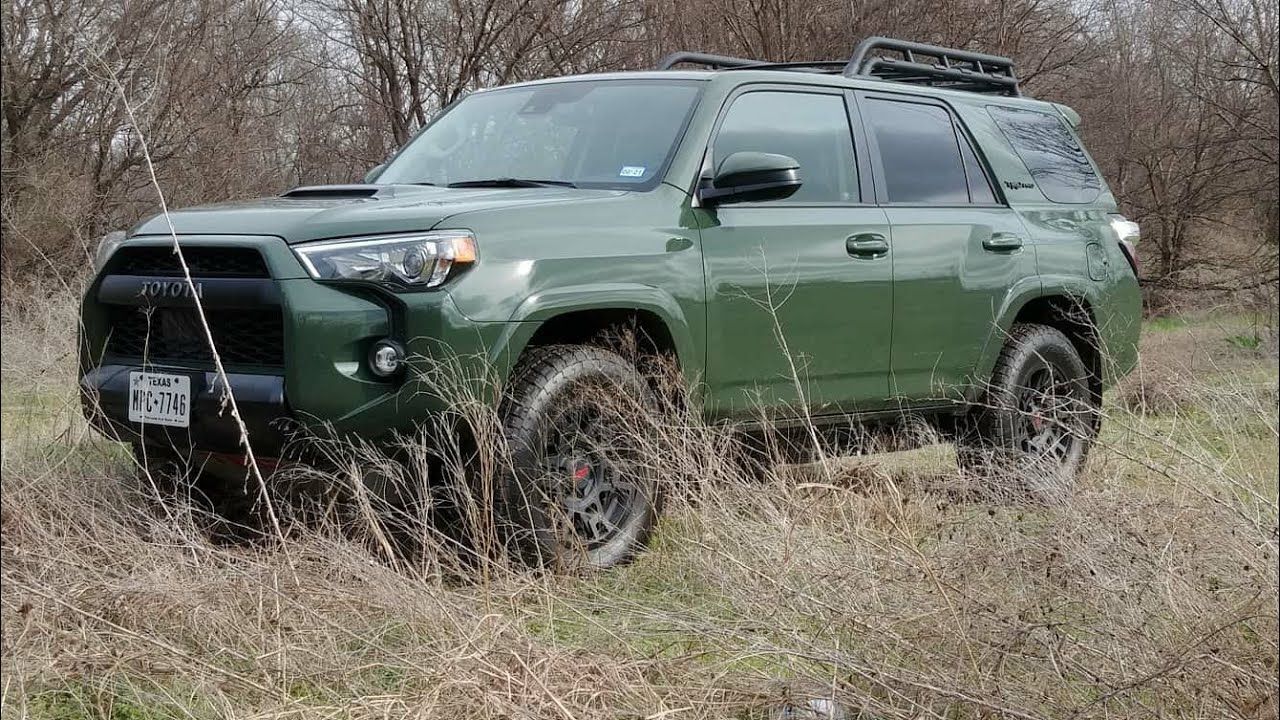
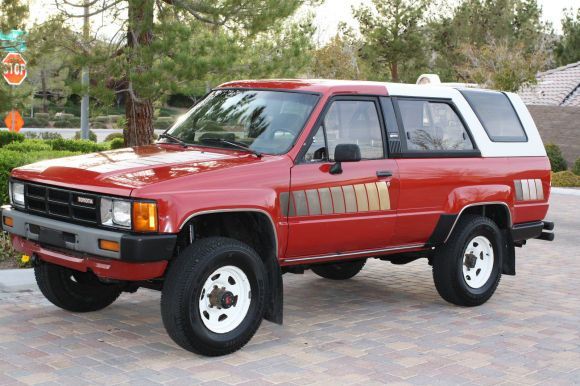
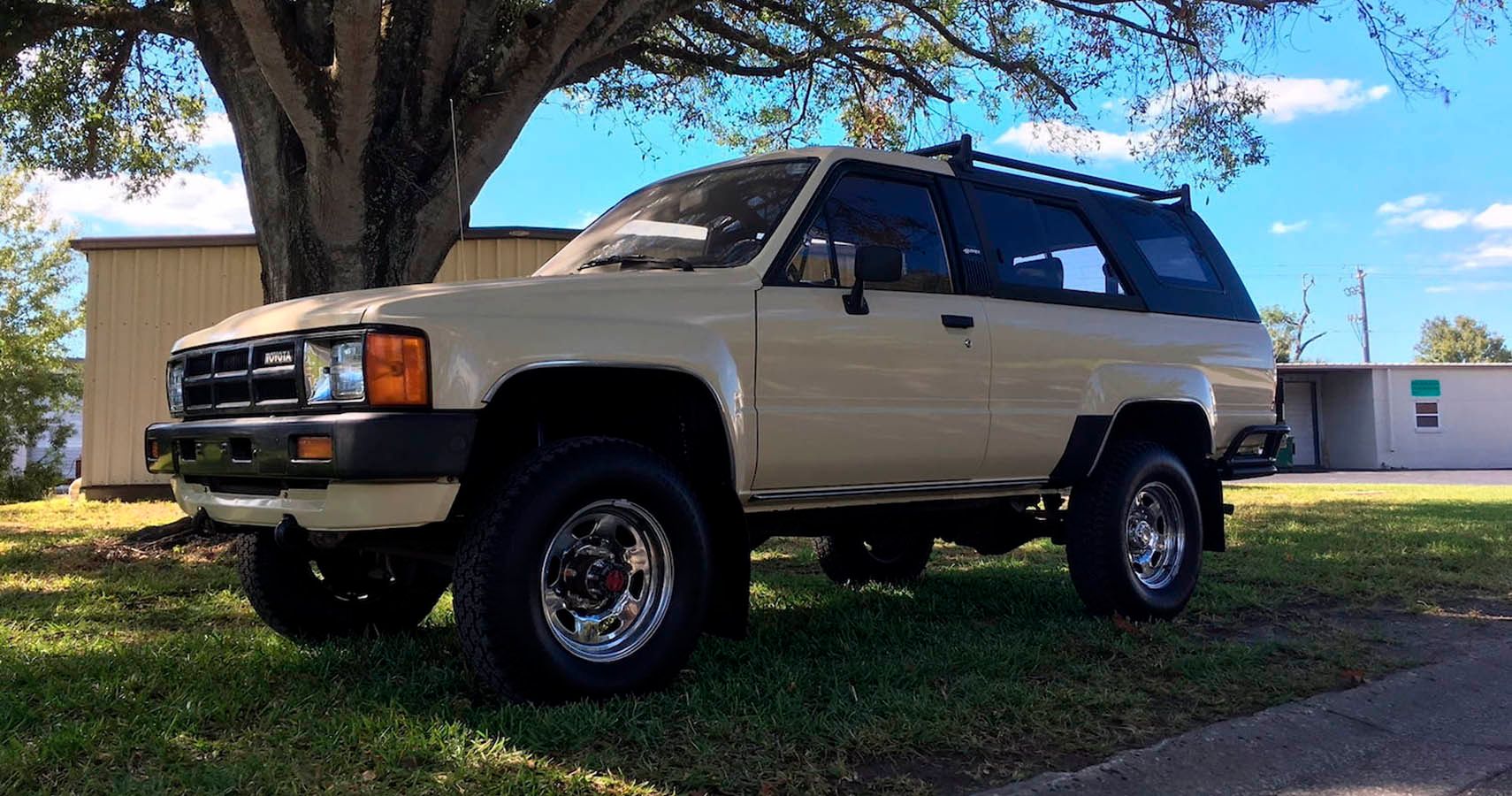
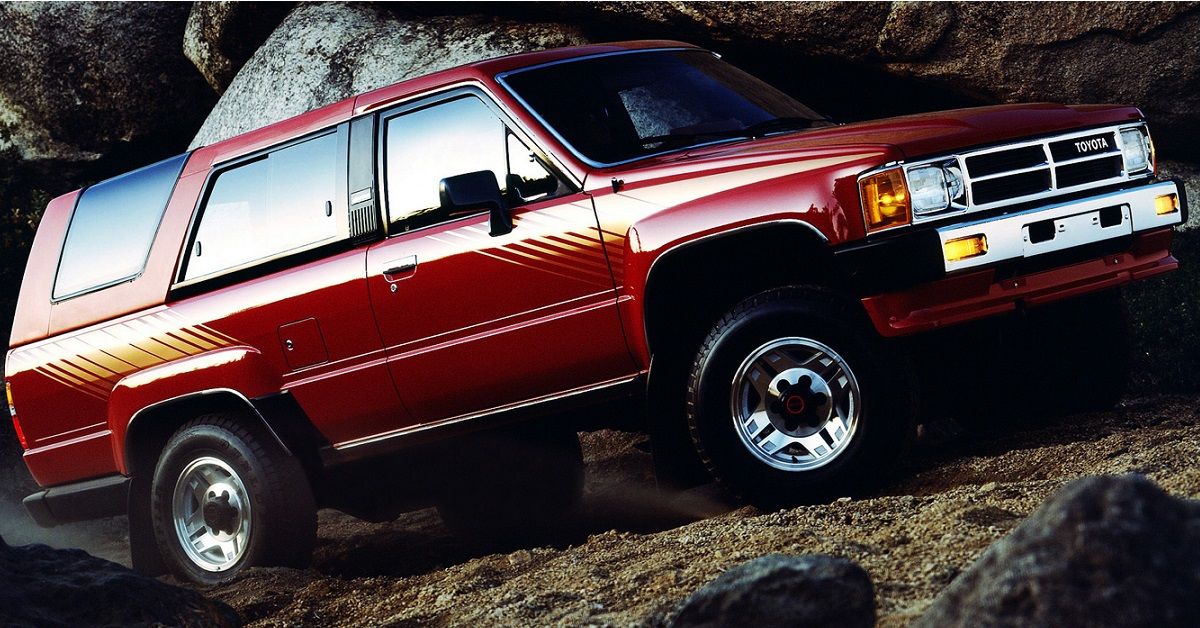

-(1).jpg)
